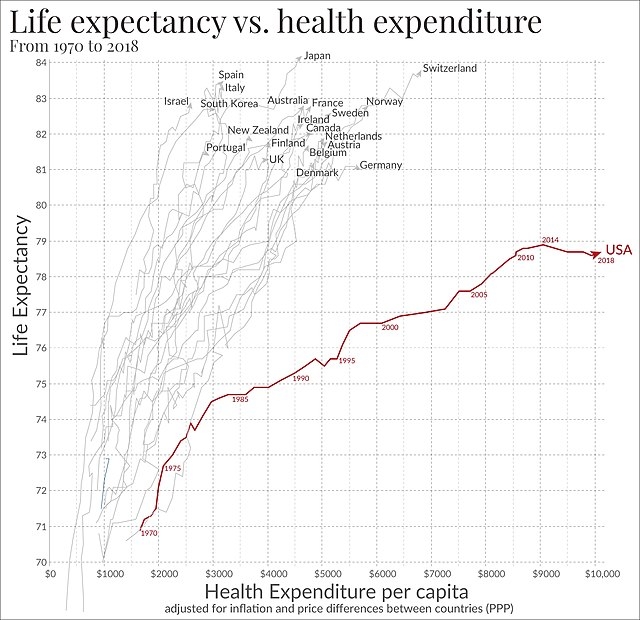

I’ve used laptops for more than a decade. And sure, in the early times thermal management wasn’t that elborate. But I really haven’t seen any laptop in many, many years that doesn’t do it with perfect accuracy. And usually it’s done in hardware so there isn’t really any way for it to fail. And I played games and compiled software for hours with all CPU cores at 100% and fans blasting. At least with my current laptop and the two Thinkpads before. The first one had really good fans and never went to the limit. The others hit it with an accuracy of like 2 or 3 degrees. No software necessary. I’m pretty sure with the technology of the last 10 years, throttling doesn’t ever fail unless you deliberately mess with it.
But now that I’m thinking of the fans… Maybe if the fan is clogged or has mechanically failed, there is a way… A decent Intel or AMD CPU will still throttle. But without a fan and airflow inside the laptop, other components might get too hot. But I’m thinking more of some capacitors or the harddisk which can’t defend itself. The iGPU should be part of the thermal budget of the rest of the processor. Maybe it’s handled differently because it doesn’t draw that much power and doesn’t really contribute to overheating it. I’m not sure.
Maybe it’s more a hardware failure, a defective sensor, dust, a loose heat conductor, thermal paste or the fan? I still can’t believe a laptop would enter that mode unless something was wrong with the hardware. But I might be wrong.






I think they don’t take inspiration from Photoshop. Either it’s been a clone of a different product at some time or they developed it themselves. Hence the differences. I mean the whole UI doen’t really resemble similarity to Photoshop.